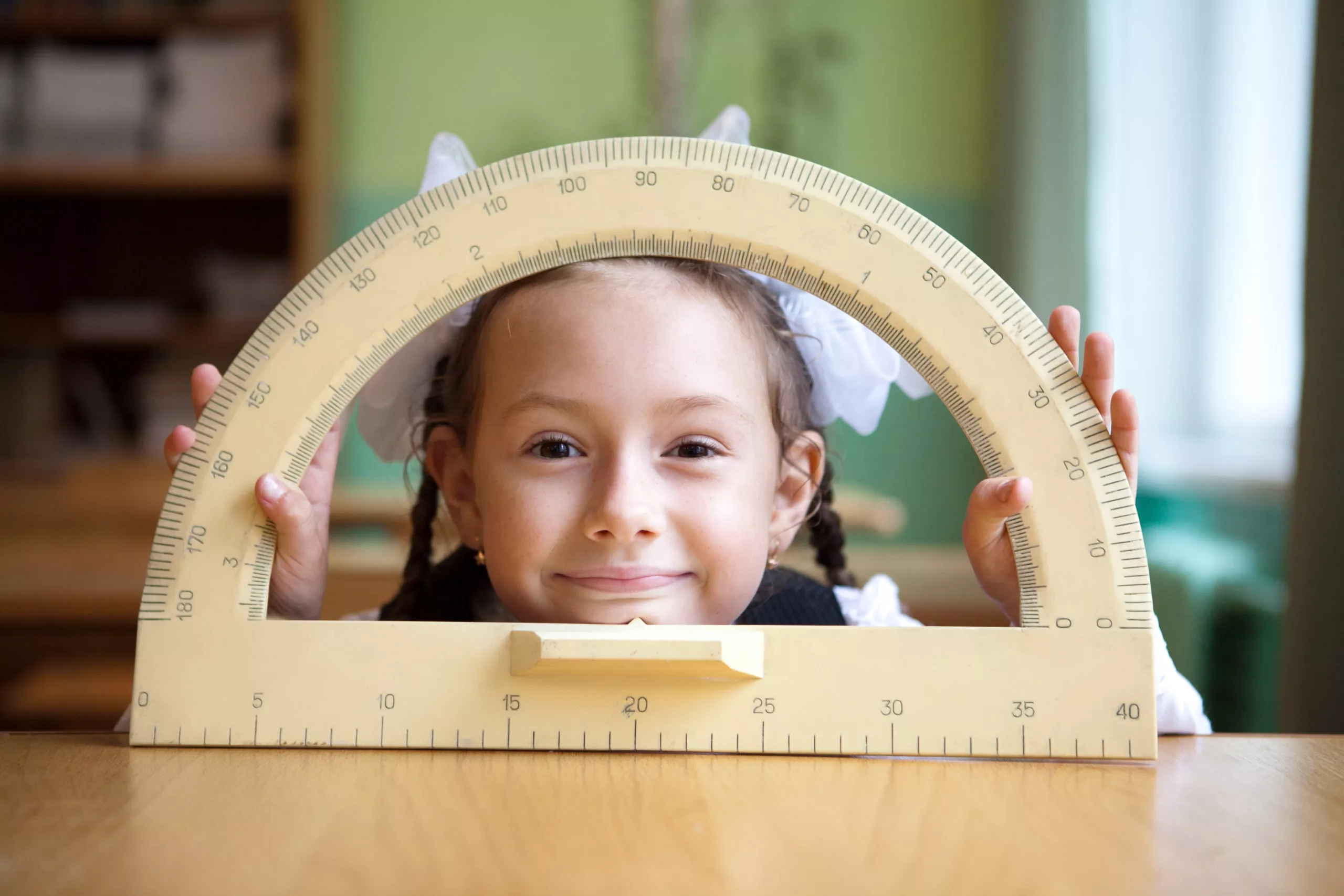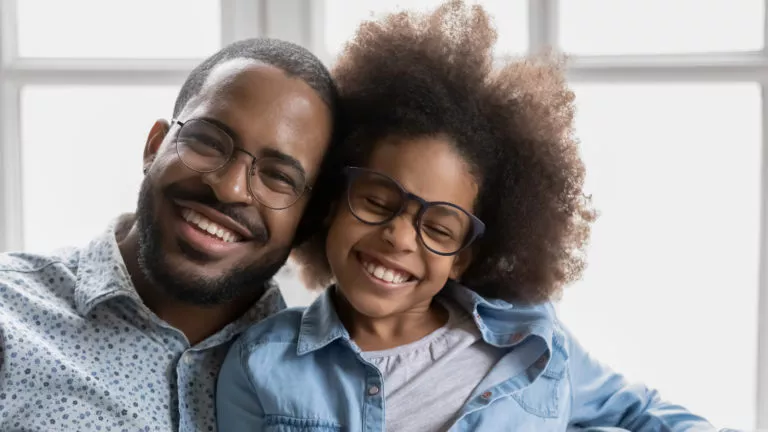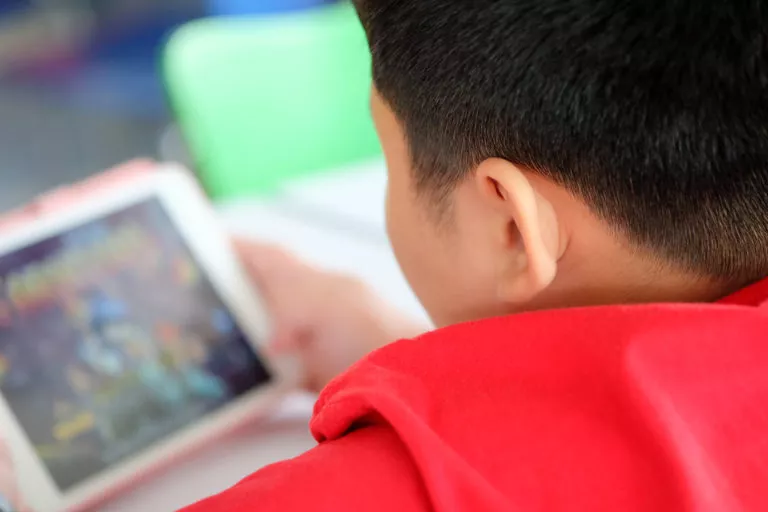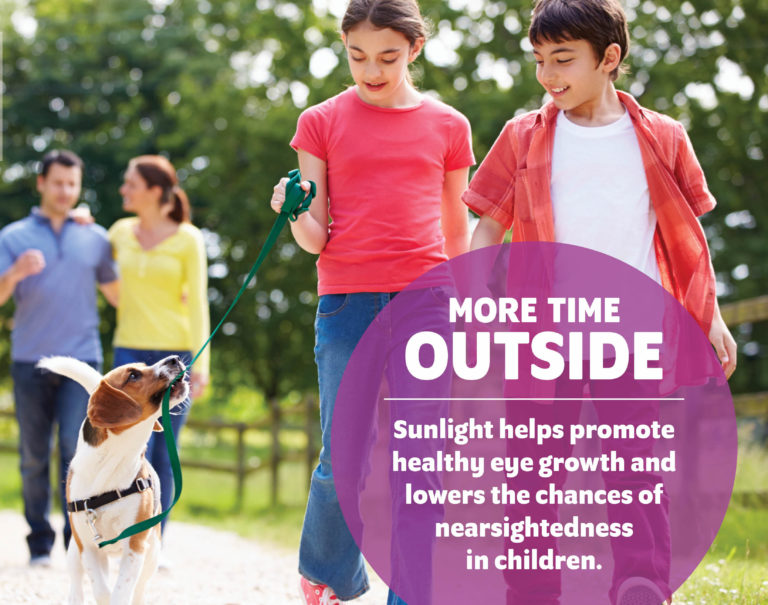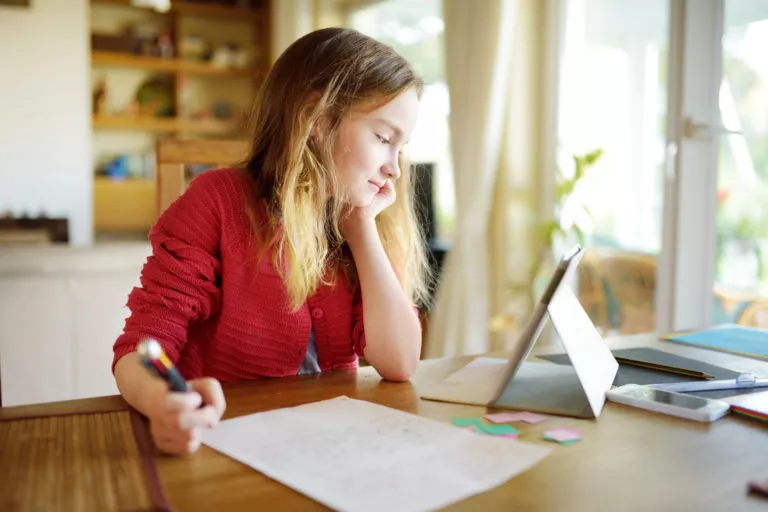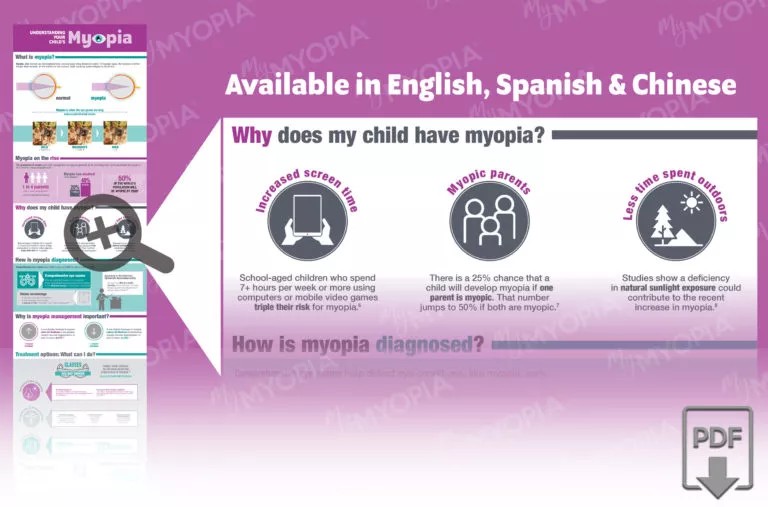Regular glasses and contact lenses are not enough to slow down the progression of myopia. Left untreated, myopia will get worse over time.
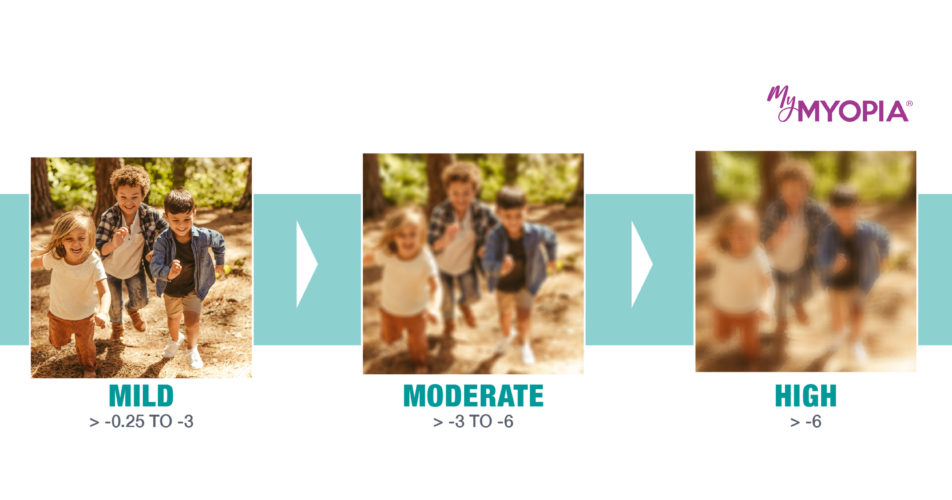
In this article we’ll discuss some next steps you can take if you find that your child’s myopia is getting worse. Some include healthy habits that you can work on with your child at home. Yet, it’s most important to understand that regular glasses and contact lenses are not enough to slow down the progression of myopia and there’s no replacement for an eye exam with an eye doctor to discuss the best way to address your child’s vision.
Understanding Myopia Management and What Your Child’s Eye Doctor Might Look for at Their Eye Exam
“You can wear glasses to correct vision, but what it doesn’t do, it doesn’t help control the myopia or try to slow it down. Myopia results when the light falls behind the retina. The retina is the back part of the eye, and it’s just too long,” explains Dr. Roxanne Achong-Coan, OD. “So, what you want to do is you want to put another focus target in the front because that’s where the eye will chase that target. So, it won’t elongate or get longer—that’s why it’s important. You can use glasses for correction, but you want to use other methods of myopia management to try and help slow the eye down.”
Myopia management or myopia control describes the area of childhood eye care that is concerned with slowing down the typical worsening of short-sightedness (myopia) which occurs in childhood.1 Although you may have not heard of myopia management, or it’s a new term you recently heard from your child’s eye doctor, there are a number of benefits—both in the short-term and long-term for your child’s vision health.
“The benefits of myopia management are: you’ll have reduced risk of eye diseases, so fewer chances of your retina detaching. Reduced risk of glaucoma where you can lose your sight. Early cataracts too if you are highly myopic,” explains Dr. Roxanne Achong-Coan, OD. “You might want to try and reduce your nearsightedness so that you’ll have thinner glasses. The cost of corrective lenses, eye exams, and medical treatments can add up over time. So, it’s just better to be a low myope overall, cosmetically and financially.”
Some of the myopia control options that your eye doctor may discuss with you include hard contacts, which are worn overnight to reshape the eye. Specialized multifocal contact lenses that are worn during the day. Other investigational options that are in development include topical eye drops (not FDA approved) and myopia control glasses, or specialized glasses for myopia (not FDA approved).
Dr. Thanh Mai, OD recommends a few key measurements to ask about at your child’s eye exam. “Of course, check the prescription for glasses. Check the vision on an eye chart. We call that visual acuity. Also, make sure the doctor is measuring something we call axial length. Which means: ‘how long are my kid’s eyes?’ That’s the biggest indicator of how we treat and monitor the progression of myopia, how long the eyeball is.”
Steps You and Your Child Can Take that May Help Slow Myopia at Home
In addition to the importance of eye exams and myopia treatment options your eye doctor can discuss with you, there are healthy vision habits to encourage at home. Increased time outdoors and limiting screen time can make a powerful impact on myopia development and progression. Increased time spent outdoors can slow myopia progression and may decrease the risk of new myopia onset by 50%.4
“To help with myopia at home, I would highly encourage reducing screen time. I know right now, with COVID, everything is on the screen. So, try to limit it to at least maybe not more than an hour or two a day,” says Dr. Roxanne Achong-Coan, OD. “Encourage your kids to go outside and do activities, even if they go for a walk.” By balancing screen time with outdoor time, you may help limit your child’s myopia and protect their vision as they grow older.2
To help, we have an outdoor activities checklist with plenty of ideas for making outdoor time and time away from screens simple and fun—and a BINGO card for kids to complete with healthy eye habits.
Tags: myopia, nearsightedness, eye health, myopia in children, myopia management
